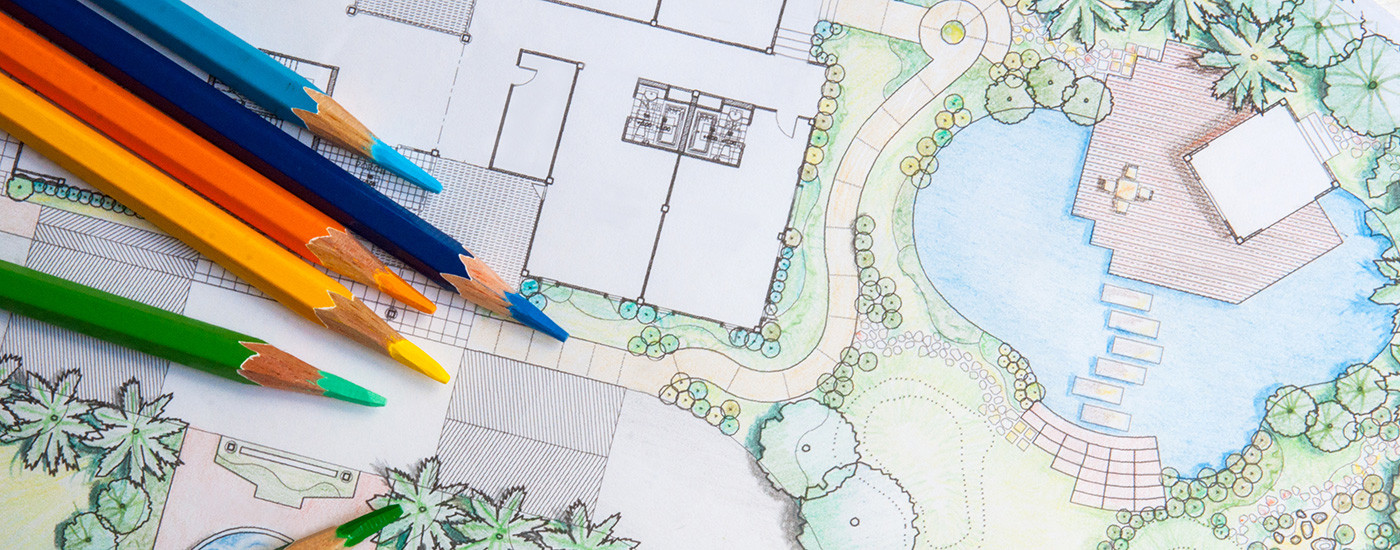Whether you favour the gardens of Gertrude Jekyll or those of Monty Don, the abundance of garden landscape design ideas can send a chill through many of us. However, do not confuse garden types, such cottage garden, Mediterranean, and Moorish, with styles of garden, of which there are basically three – formal, informal and wild gardens. Once you have decided on your style, focusing on the following 7 principles of landscape design will help to make your garden design much more appealing.
Simplicity
Keeping your design clean and uncluttered will maintain an attractive landscape that is not overloaded with detail. A profusion of contrasting colours and styles will confuse the eye, while a landscape of simple patterns will be easier to maintain.
Variety
A garden or landscape design that features variety will never be monotonous. Consider your choice of shape, size and form; a diverse spread will create visual interest, but do not forsake the first principle of simplicity. A co-ordinated collection of planters for example, of different heights and shapes will add the perfect design element.
Balance
This principle of garden design and landscaping is often associated with a formal style of garden, which presents an ordered symmetry. Features that are uniform in both size and number will create balance but this can also be achieved in an informal garden design by setting a garden bench across from a hedge or piece of sculpture, for example, where each is equal to the other but not matching.
Emphasis
Creating a focal point in your garden design provides interest and can lead the eye naturally through the landscape. Arguably a powerful component of a garden landscape design, the focal point should attract attention, without dominating the space. A well-situated gazebo or an arch that leads the eye down a pathway will provide visual interest without being overwhelming.
Rhythm
This involves placing elements of your garden landscape design with a certain amount of thought, rather than taking a haphazard and random view. Thus, lining your pathways with uniform planters, placed at equal intervals, will give the design a sense of connection. A similar effect can be achieved by using decked areas to create zones for various activities e.g. an entertaining area, a play space, or a dining area. By introducing rhythm into your design, your garden landscape will feel like a cohesive space that is interconnected and well organised.
Scale/proportion
Simply put, the size of features in your design is scale and their relationship with each other is proportion. A solid principle of landscape design is to have items in balance with each other – a tree that is substantially taller than any other will immediately draw the eye and take away from the rest of the garden.
Unity
Unity or harmony can be achieved when every component of your garden design interconnects and works together. Arranging a series of similarly shaped planters or arranging plants by shape will create a theme and the use of timber fencing will form a cohesive boundary to the design. While repeating a design aspect across different areas can be unifying beware of overuse which can lead to a dominant feature becoming overpowering.
These essential rules of garden landscape design can be applied to any outdoor space, regardless of size and they apply equally to modern landscape design as well as traditional. With just a little care and forward planning, you can create a garden that even Vita Sackville-West would have been proud of!

